It’s Women’s History Month and the Passing of the Pioneers of March 2017 featured only women. Unfortunately, since there are many more newspaper obituaries for men than women, I wasn’t able to keep it up this year. This March there are eight pioneers, half of them women. As I find often, the pioneers had things in common. Two of the male pioneers were struck by gold fever in the early 1850s as was the husband of one of the female pioneers. One lived in a house built by another of the featured pioneers, and two pioneers operated hotels. If you click on any of the underlined text throughout the post, you will go to further information about a person or subject.
VIALLS, Edmund – Died 19 March 1879 at Hamilton. Edmund Vialls was born in London around 1848. He studied medicine and did his residency at Poplar Hospital, London. In 1867, he won the medicinal and surgical gold medals for his work. Edmund arrived in Victoria in 1870 and by 1872, he was in Richmond at the Melbourne Hospital. He was appointed surgeon at the Hamilton Hospital but he also set up a private practice. He engaged Hamilton builders William Holden (see below) and William Dunn in 1876 to build a home and surgery at the corner of Gray and Kennedy Streets, Hamilton (below), and soon had a thriving practice at the building known as Hewlett House, Hewlett being the maiden name of Edmund’s mother Elizabeth.
Edmund was also the medical attendant for the Hamilton branches of the Foresters, Hibernian and Oddfellows societies. At the age of thirty-one, Edmund died from epilepsy and congestion of the brain. He was buried at the Hamilton (Old) Cemetery (below).
QUIGLEY, John – Died 31 March 1898 at Wannon. John Quigley was born in County Kilkenny, Ireland in 1819. In 1841, John a surveyor by trade left Ireland for Australia, via Plymouth, England. Arriving at Plymouth, John went to the immigrant depot finding,
…600 other emigrants were not being fairly treated in the matter of rations, and made it his business to communicate to the commissioner, a Mr James, in London, who personally enquired. into the matter and set it right. Shortly afterwards, notwithstanding that the head serang of the depot had given orders for the fiery young Irishman not to be admitted there, he found that the immigrants had been mulcted to the extent of 10s 6d per head, kept back from them by the agents. Once more he communicated with Mr. James, who hurried down to Plymouth with £300 in cash wherewith to recoup the defrauded ones. This so annoyed the master of the depot that he took more stringent steps to prohibit Mr.Quigley’s entrance to the place, with the consequence, that he was sued for a breach of the regulations and ordered to pay £15 damages with costs. Mr Quigley was congratulated by Mr. James on his determination of character, which, subsequently, stood him in good stead, and, needless to add, made him very popular with the six hundred. These, engaging a band, marched through the streets of Plymouth with young Quigley and a companion, McCluskie, at their head, in celebration of the victories he had won for them. (Hamilton Spectator, 2 April 1898)
Once in Melbourne, John sought work with horses and was employed by Messrs Solomon at Saltwater River Station. Today Flemington Racecourse stands on land once part of the station which extended as far as Keilor. After two years working for the Solomons, John decided to go out on his own. He had two failed attempts in the Murray Region and at Kilmore before meeting Acheson Ffrench of Monivae Station, south of the present Hamilton, who offered him a position. However, John received a better offer at the neighbouring Grange Burn Station arriving in December 1846. John was in charge of 600 head of cattle at the station where the main homestead was located near what is now Prestonholme Homestead. In 1848, John married Winifred Tracy.
In 1851, many in the west of the colony were travelling east to the newly discovered goldfields and John joined them. He went to Fryer’s Creek, south of Castlemaine where gold was discovered around October 1851. Life on the diggings wasn’t for John and he returned to Hamilton in 1853. But that time, the first township blocks were for sale. John managed to buy the first lot offered on the site of the Bank of Victoria, for £50 and was Hamilton’s first ratepayer. John also bought the first farm offered in the district, sixty-six acres across the creek from Peter Learmonth at Prestonholme. Another first, John was reportedly the first man to win a steeplechase in the district held on the flat near the Digby Road bridge at Hamilton.
In 1854, John purchased the Wannon Inn on the Wannon River at Redruth near the Wannon Falls.

His licence was granted in 1855 and John set about improving the business.

In 1860, he sold the Inn for £4,000 and acquired 5000 acres at the Wannon which became the Falls View Estate.

The photo below was taken very close to the northern border of John’s property.
John also bought the Bochara Estate and selected land on the Merri Creek near Warrnambool among other places. He was often asked to enter politics but he liked to keep his political interests at a local level and was one of the first men on the Dundas Roads Board in 1858. It later became the Dundas Shire Council and John was President from 1863 to 1866. By 1870, John was feeling the strain of overextending himself financially. He retired from public life and lived out his life quietly at the Wannon until his death in 1898. John was buried at the Hamilton (Old) Cemetery.
KILPATRICK, Ann – Died March 1903 at Sandford. Ann Kilpatrick was born around 1826 in Edinburgh, Scotland. She married John Grant and they left for Victoria arriving in 1841 aboard the Grindlay. With a man named William Murray, John, and Ann headed west. John first found work at the property of the Whyte brothers near Coleraine before moving on to the Henty’s Merino Downs. The Grants then took up a run near Penola, South Australia where two children were born, however, by the early 1850s, John was off to the diggings. On his return, the Grants sold up at Penola and they bought the Woodford Inn at Dartmoor by 1853. They stayed there for around three years and in that time another son was born.
In 1856, the Grants purchased land at Sandford and built the Caledonian Union Hotel in the town and operated it from 1857. It was considered a pretentious building considering the size of the town. A fire broke out at the hotel in 1871, damaging the second storey of the building. The Grants rebuilt but did not reinstate the second storey.
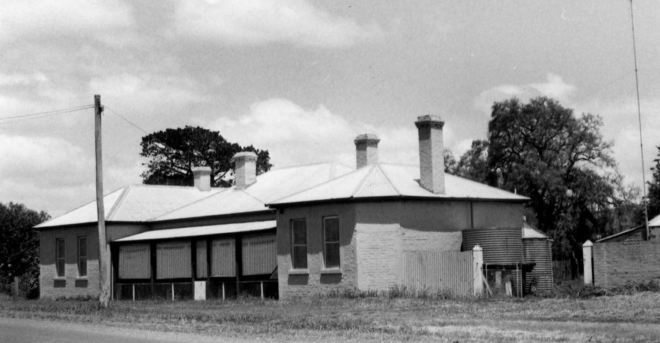
After John Grant died in 1879, Ann continued operating the hotel up until her death. She left two sons and two daughters.
HOLDEN, William – Died 18 March 1910 at Hamilton. William Holden was born at New Brighton, Lancashire in 1832. He arrived at Adelaide in 1852 and headed east to the Victorian diggings. After some time in search of gold, he returned to Adelaide but was back in Victoria by 1860. On 19 May 1863, William started out from Dunkeld to travel to Hamilton, the place he would finally settle after ten years of nomadic life. He left Dunkeld at 11.30am and arrived in Hamilton at 7.30pm. He found the people of the town out in the streets celebrating the marriage of the Prince of Wales.
A mason by trade, William got work on a new stone Post Office in Gray Street built in the year of his arrival and then worked on a two-storey bluestone building in Kennedy Street for use as a grain store. In time, it became Hamilton’s Temperance Hall. It is seen to the left of the photo below.
In the 1870s, William entered a partnership with builder William Dunn and together they set about “building” Hamilton. They built some of Hamilton’s grandest buildings, most still standing today. They included the banks, the Bank of Australasia, the Bank of Victoria, and Colonial Bank, and the residences of doctors, including Hewlett House and Roxburgh House. There was also the Hamilton Academy completed in 1875, the St Mary’s Hall in Lonsdale Street, and the Hamilton goal. In addition, they built several shops in the CBD of Hamilton, including a strip of shops running from the corner of Gray and Thompson streets.
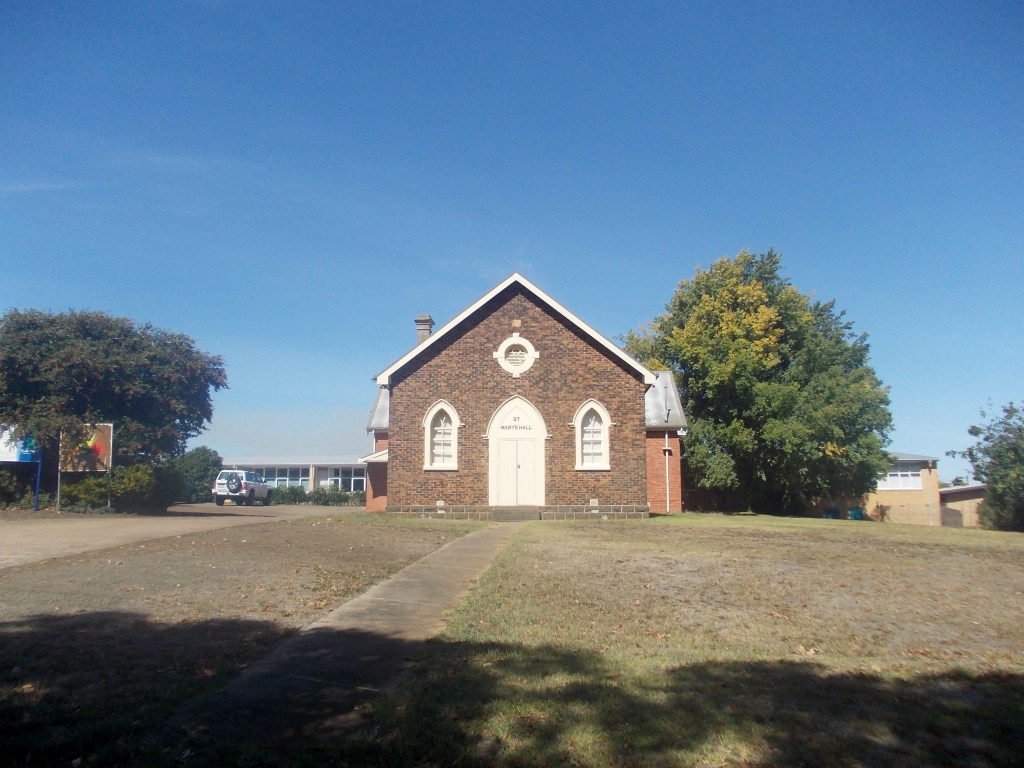



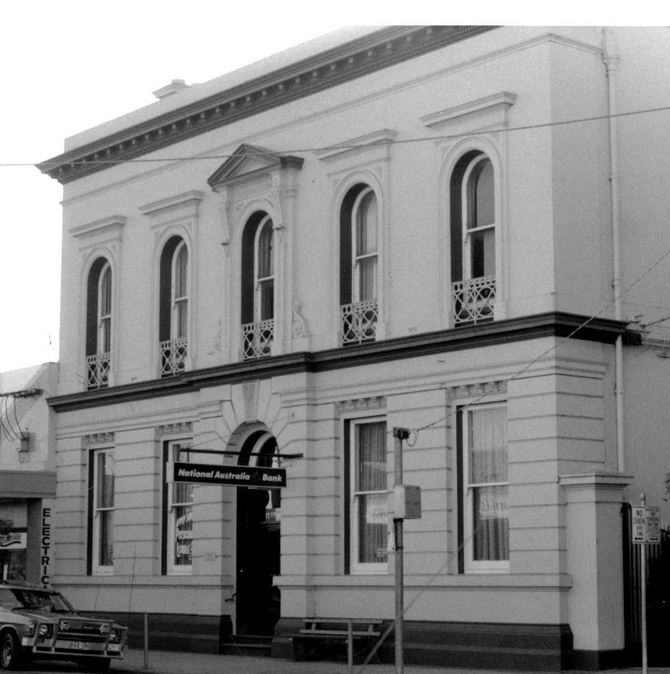
In 1876, William married Elizabeth Pearson, a daughter of William Pearson and Ann Routledge. John and his family were part of the Hamilton Baptist Church congregation with the devotion to his faith in the naming of his first son, William Joseph Baptist Holden. William Jr was born on 17 April 1977 at Brighton Cottage, in Lonsdale Street, Hamilton. The property is now known as Tavistock. In 1887, Ralph, the two-month-old son of William and Elizabeth, died and in 1891, Thomas, aged two weeks, died. The two boys are buried at the Hamilton (Old) Cemetery below.
William later had a business in Thompson Street operating as a bakery, grocer, and chaff merchant. He retired from work around 1895 and in 1901, he put up for sale a house on the corner of Lonsdale and McIntyre Street and his shop in Thompson Street up for sale. In 1905, Elizabeth died at fifty-seven.
William, a democratic man, was interested in politics and the development of political parties. He was keen to know the winner of the 1910 Federal election, but died before there was a result. William died on 18 March 1910, leaving a family of five sons and one daughter. He was buried with Elizabeth at the Hamilton (Old) Cemetery. William’s home Brighton Cottage was sold in August 1910.
WHITTAKER, Eliza – Died 13 March 1918 at Warrabkook. Eliza Whittaker was born in Ireland around 1823, a daughter of a Battle of Waterloo soldier. The Whittaker family moved to Somersetshire, England, where Eliza met Samuel Trigger. The couple had one child, Emily in Somersetshire before moving to Ball Street, Avening, Gloucestershire (1851 UK Census) where Christina was born. Samuel was working as a miller, but after the birth of a third child, the family boarded the Eliza sailing to Australia. By then there was also a baby, Henry.
The Triggers arrived at Portland on 9 April 1853 and made their way to Mount Taurus, north of Warrnambool. Eliza had a further five children, including twins at Penshurst in 1858. Samuel selected land near Macarthur in the early 1860s, and they moved to the area. In 1863, baby Mary Ann died at Macarthur. After over seventy years together, on 6 March 1918, the partnership ended when Eliza died aged ninety-seven. Just three weeks later, Samuel also died, aged ninety-eight. At the time of their deaths, the Triggers had four sons, two daughters, thirty-one grandchildren, and thirty-eight great-grandchildren still living.
BOWKER, John Thomas – Died 23 March 1928 at Princetown. John Bowker was born in King Street, Melbourne around 1848. During the 1860s, John went to the Camperdown district.
In the late 1860s, while still a young man, John was part of the founding committee member of the Hampden and Heytesbury Pastoral and Agricultural Society. After an inaugural P&A Show at Camperdown, it was decided a new showground site was needed. There were two sites on offer and John was among those who pushed for the selected site, mainly because of the picturesque views it offered.
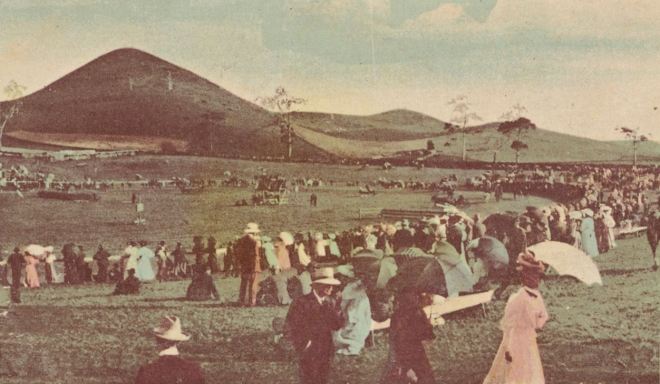
…for situation and the beauty of its surrounding, the Camperdown showground is unequalled in the colony. In its natural state, it is a beautiful spot, with the green slopes of Mount Leura and its more stately companion. Sugarloaf, rising up immediately behind it; whilst northwards is the township, looking prettier in the distance with its grass clothed streets, and its incomparable avenue of trees now almost in their complete spring attire: beyond the town, Lake Culongulac from the shores of which spread away to Mount Elephant and other distant hills, the verdure-clad plains. (Camperdown Chronicle, 25 October 1884 )
In February 1874, John married Eliza “Lissie” Lord at Geelong. John was a butcher by trade and operated his shop in Camperdown.

John and his family moved to a property at Princetown called Kangaroobie by 1884. Eliza was a teacher and since there wasn’t a school at Princetown, she started classes there in that year. John was active within the Princetown community, including as secretary of the Princetown Farmers’ Union.
In 1915, John’s son Alwynne was killed at Gallipoli on 7 August 1915 while serving with the 8th Light Horse Regiment. By 1926, John was the last surviving member of the founding committee of the Camperdown P&A and that year, he travelled from Princetown to Camperdown for the show. Two years later, John died at Princetown. He left his widow Eliza and three sons and one daughter. He was buried at Port Campbell Cemetery. Eliza died in 1935 at Princetown.
MOORE, Eliza – Died 24 March 1939 at Colac. Eliza Moore was born in the north of Ireland on 20 May 1954. At the age of four, Eliza left Ireland with her parents and travelled to Australia aboard Chance, arriving at Port Fairy, in September 1857. After some time in Port Fairy, the Moore family moved to Hilder’s Bridge near Grassdale. Eliza, known as a “splendid horsewoman”, married Alexander Russell in 1874 at Warrnambool and they resided at Dennington.
From around 1904, Eliza and Alexander lived in Colac and for the last fifteen years of their lives, they resided in Manners-Sutton Street, Colac. Alexander died in 1938 and Eliza went to live at Lismore but was only there five months before she was hospitalised at Colac where she died two weeks later at the age of eighty-five. Eliza was a keen worker for the church and went to services when possible. After her death, Eliza was remembered at St Andrews Church, Colac (below), the following Sunday during the service. Eliza was buried at the Colac Cemetery and left four daughters and five sons.

SCOULLER, Ann – Died 21 March 1952 at Stonyford. Ann was born at Birregurra in 1863, but when she was a small child, the Scouller family moved to Carpendeit. Ann had to walk six miles to school through the bush to the Catholic chapel at South Purrumbete for school. She later attended a school built on the property of Peter Morrison. Ann was a devout worker for the Methodist Church and the Sunday School. Services were then held in the barn of Mr Anson at Lightwood Vale and the Minister would ride from Camperdown. Ann was a good horsewoman and rode sidesaddle. She was also an expert needleworker, excelling in dressmaking, fancy work, and crochet. On 5 May 1897 at her mother’s home at Carpendeit, Ann married William Horace Lucas of Pomborneit. They first lived at South Purrumbete before moving to Rocky Ridge, Stonyford around 1910 and were dairy farmers.

Image courtesy of the Museums Victoria Collections https://collections.museumvictoria.com.au/items/769557
Around 1926, William retired and he and Ann moved to South Yarra. A send-off was held on 3 December 1926 at Stonyford with many turning out to farewell the couple. City life wasn’t for them, and Ann and William returned around 1931 and remained at Stonyford for the rest of their lives. William died in 1943. In September 1949, Ann celebrated her eighty-sixth birthday. She died in 1952, aged eighty-eight. Ann was buried at the Camperdown Cemetery and left two sons and one daughter.


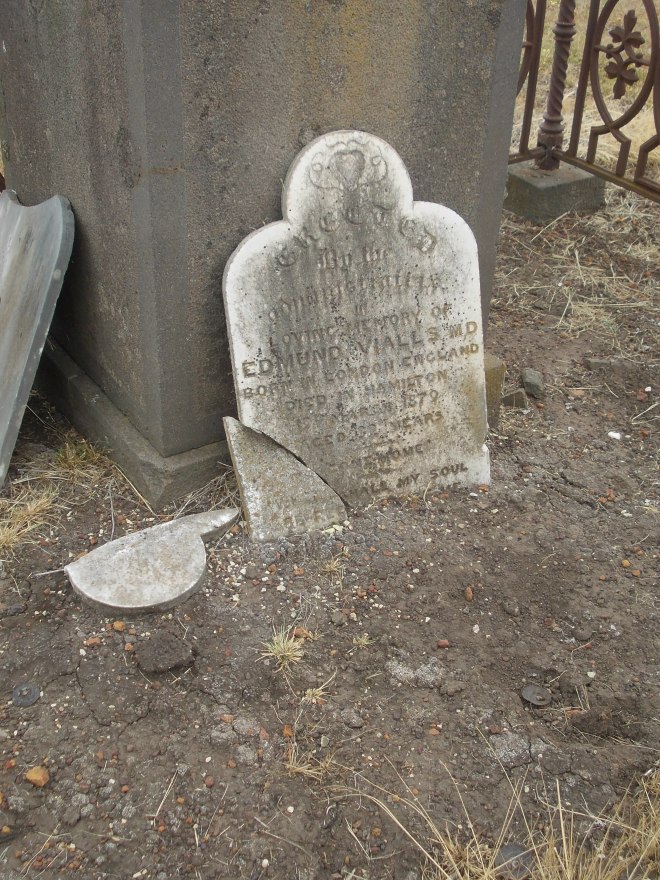

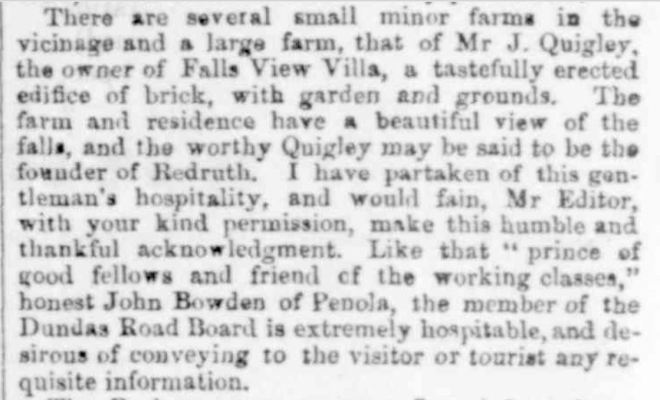












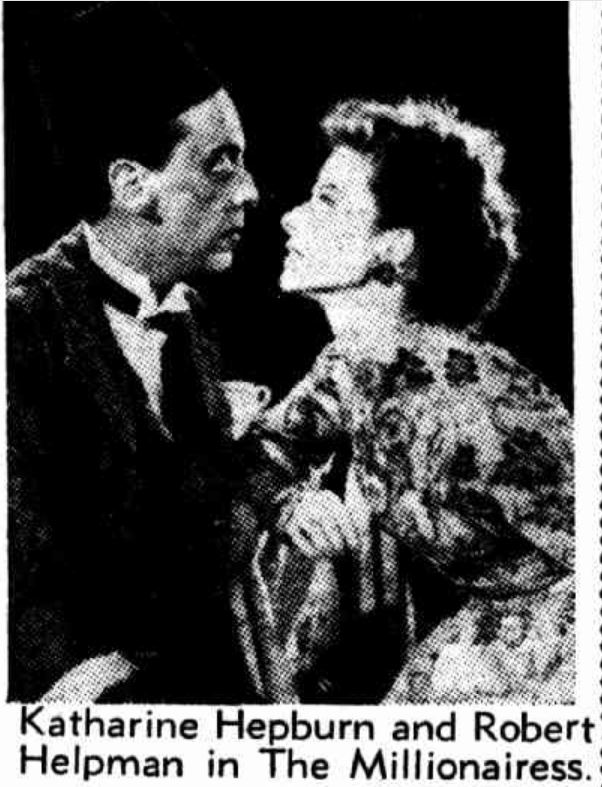














You must be logged in to post a comment.